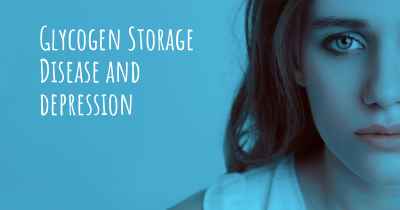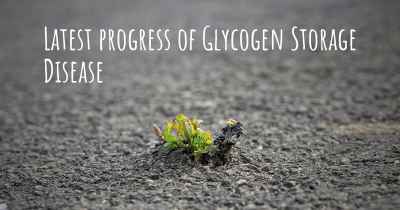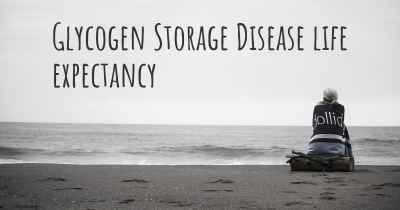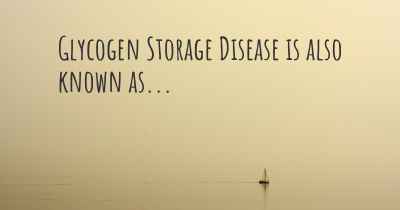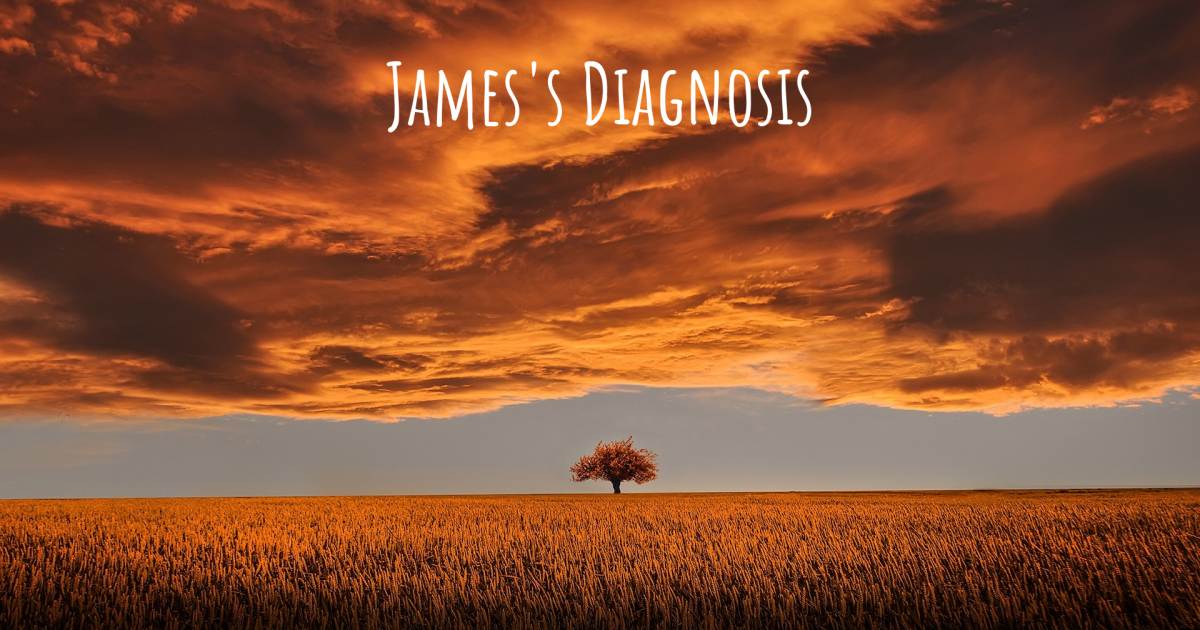
James's Diagnosis
Apr 23, 2017
By: Chris
Error
James was born on March 26th, 2013. He was 9lbs 8 oz and 22 inches.
The first day was a normal day. During the evening, Chira noticed him seeming to be sluggish. Overnight, he was no longer interested in breastfeeding.
During the second day, we noticed that he had a twitching in his left arm. We called the nurses who notified the NICU doctor. The doctor came up and examined him but found nothing out of the ordinary. Later in the day, while the nurses took James to be circumcised, he had turned a very dark, dusky color. A doctor came in to consult us (the NICU doctor again) who advised of what the nurses reported but again, examinations showed nothing out of the ordinary. Later that evening on the second day James started to sweat and turned a bright red, and was cold. This lasted only a few moments. The NICU doctor ordered him down to the NICU for observation and testing.
While he was in the NICU (we had not yet been allowed to see him) he had a seizure. The doctors and nurses ran tests immediately and found that he had a very low blood sugar reading. They gave him food via a bottle and it brought his levels back up.
James would spend 3 weeks in the NICU, having to be given a bottle every 2 hours at the longest between feedings. He had numerous tests run and everything came back normal except for what the doctor’s thought was a growth hormone deficiency. After consulting with the Endocrinology doctors, we decided to try the Growth Hormone supplement and bring James home after 21 days in the NICU.
-------------------------
PRE-DIAGNOSIS
After bringing Jimmy home at last, we faced several challenges. First, he sugars were not lasting through the night, so mom and dad would wake up every 90 minute to check sugars and feed Jimmy when he needed it. It is somewhat like bringing a baby home except unlike a healthy baby his life span was only 120 minutes after his last meal. So missing a feeding was not an option.
James had been diagnosed with a growth hormone deficiency at first, and we were seeing over the first few months that the growth hormone treatment was not working. His feeding times where not moving farther apart and his liver was getting very large.
Despite the challenges we were facing, we tried to live as normal of a life as possible.
However, despite our best efforts, James had several issues that lead to multiple stays in the hospital. Like all the parents there, you worry about your child but make the best of it.
-------------------------
His hospital stays were due to either a stomach bug where he couldn't hold food down (which required a direct IV to maintain his sugars until he could maintain food again) or due to infections as his neutropenia put him at high risk for severe bacterial infections.
Post-Diagnosis
Towards the end of August 2013, the endocrine doctors wanted to put James through a stress test. They wanted to get some samples from him when his blood sugar was less than 45 (a critical sample) in hoping to learn more about what his body was doing. The details of this test can be read on this blog post (yet to be written). After the test, the genetics team, hematology, and endocrinology finally decided on a likely diagnosis of GSD type 1B, which encompassed all his symptoms and explained the enlarged liver, high lactate and uric acid, the glucose drops, and the neutropenia.
After the new diagnosis we switched from endocrinology being the primary specialist team to genetics, and that is where we met Dr. El-Gharbawy. She, and her team, have been instrumental in us learning the most about GSD and the care that James will need.
After he was diagnosed, we switched him to an all soy formula and started to add some additional carbs such as rice cereal. He certainly showed signs of improvement. His glucose levels and blood work started to stabilize, his liver started to return to a normal size, and his moods and appearance have greatly improved.
He still had to eat every couple hours, but the results of those changes have allowed him to grow and develop normally.
-------------------------
We were then counseled with a choice of getting a feeding tube for him. They gave us two options between a Ng-tube via the nose and a G-tube via a Mic-Key button (which would require surgery). We went home and researched them both for a few weeks deciding if we even wanted him to have one.
The first week in October, James refused his 4 am feeding. Though we did everything we could to get him to eat, we rushed him to the hospital as his sugars were not staying up. We decided then to have a G tube put in as it would allow us to feed him even when he doesn't want to eat. Two weeks after admission, we returned home with James, who now had a tube.
We were nervous and uncertain to say the least, but it turned out to be a wonderful and lifesaving decision for James.
The G-tube made a huge, positive difference in his life style. No longer do we fight to feed him at night or when he is sick, and it allows him to sleep through the night. In addition, we found out that kids with g-tubes can get overnight nursing care that are unde teh age of 3. After researching and applying for benefits, James now has a full time nurse that watches him overnight and allows Mom and Dad to get some sleep and that coverage extends to daylight hours when Mom and Dad are both at work so both grandmas can be grandmas and not have to stress out all day.
JAMES TODAY
Now almost 2 and 1/2, James is a thriving young boy who has exceeded any expectations set on him. His labs are all normal and his liver is back to a normal size (which will help prevent some of the more common longterm health care issues), his weight is under control, and he has no signs at all of negative side effects of his seizure.
0 comments
